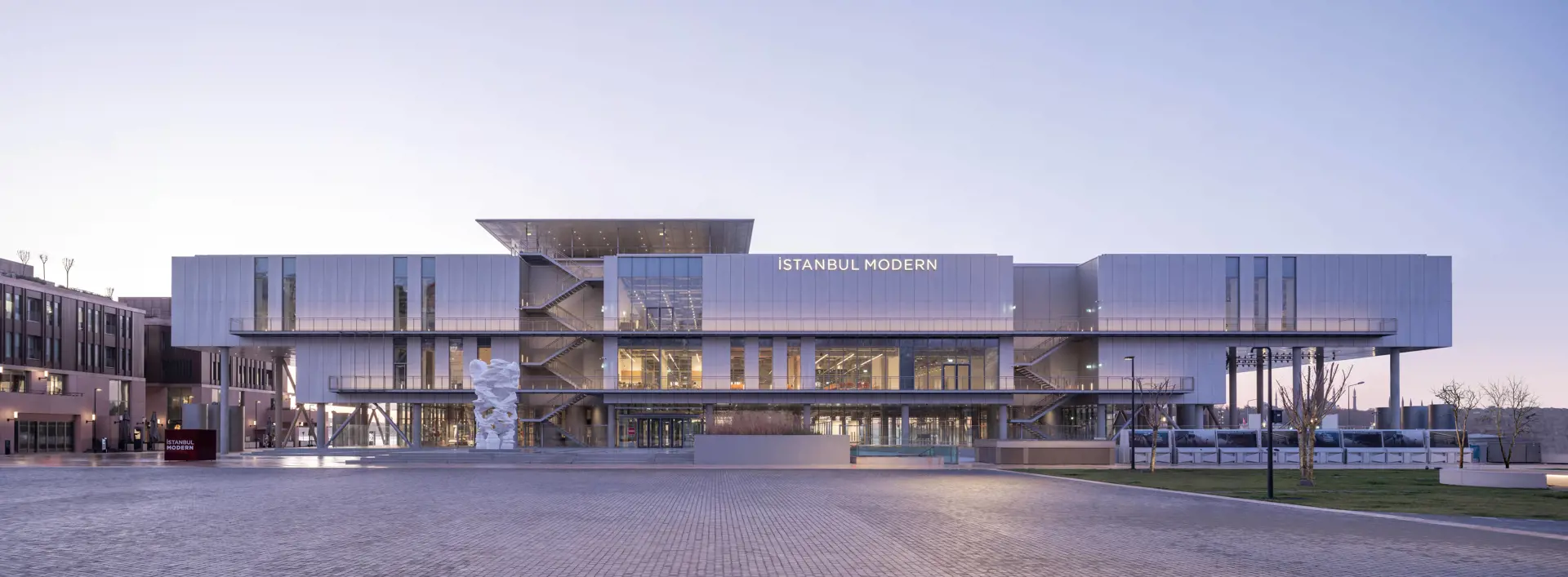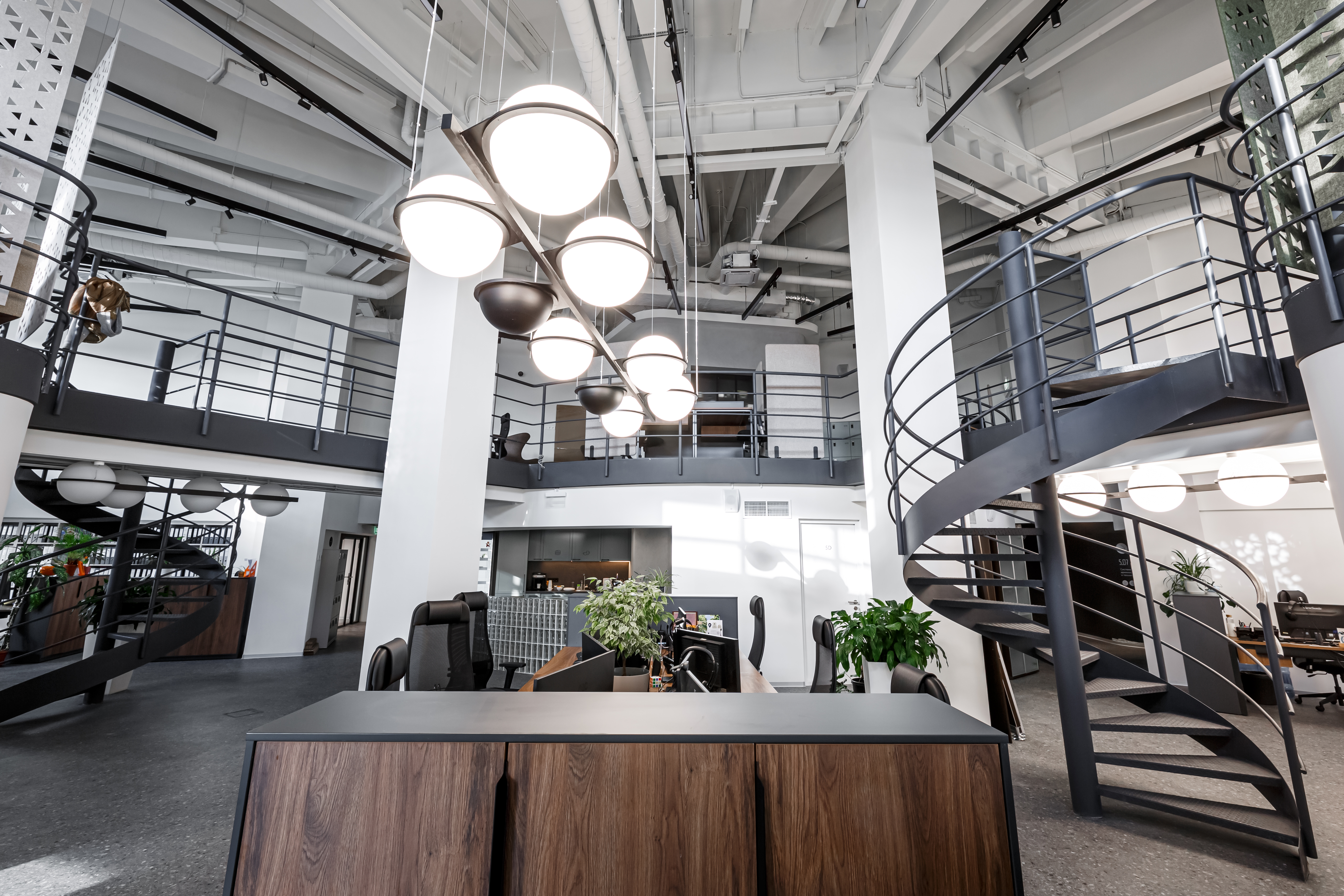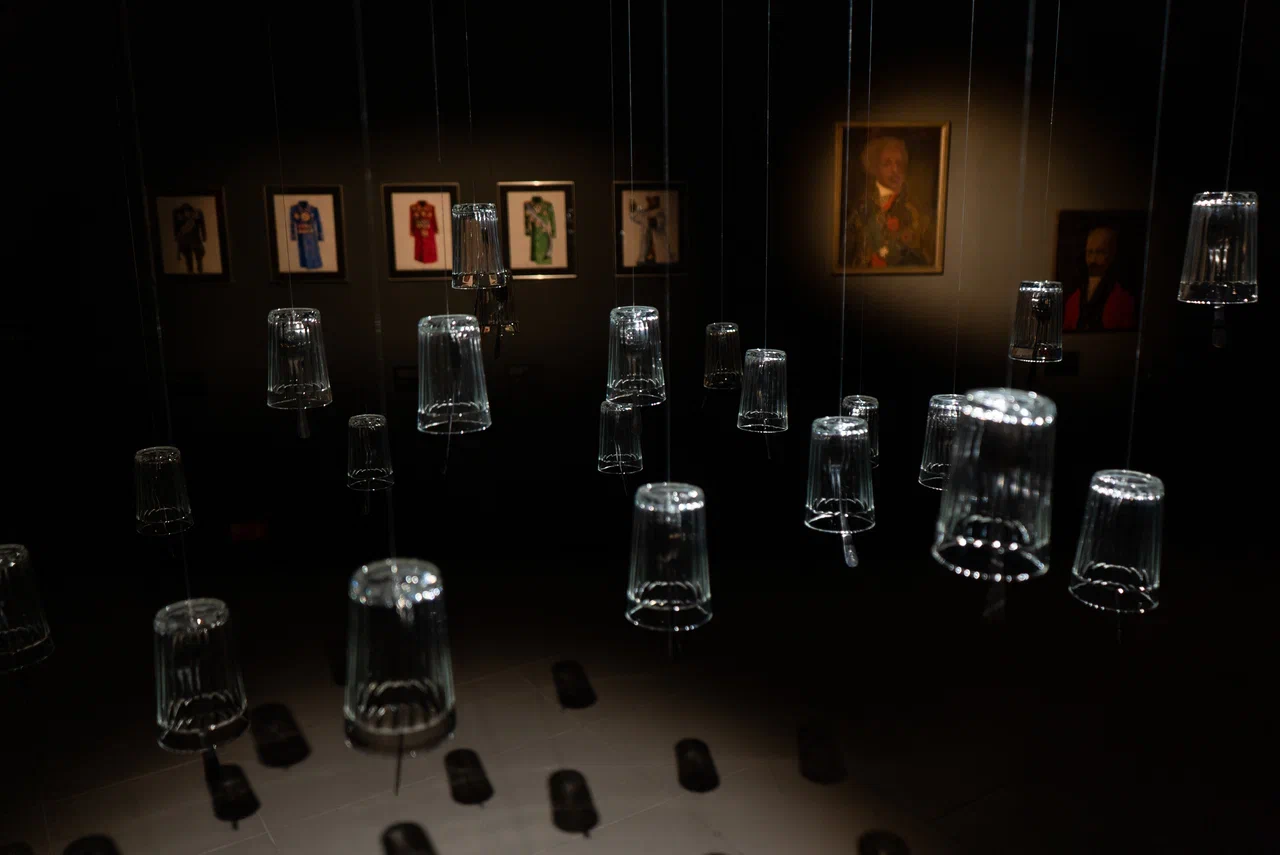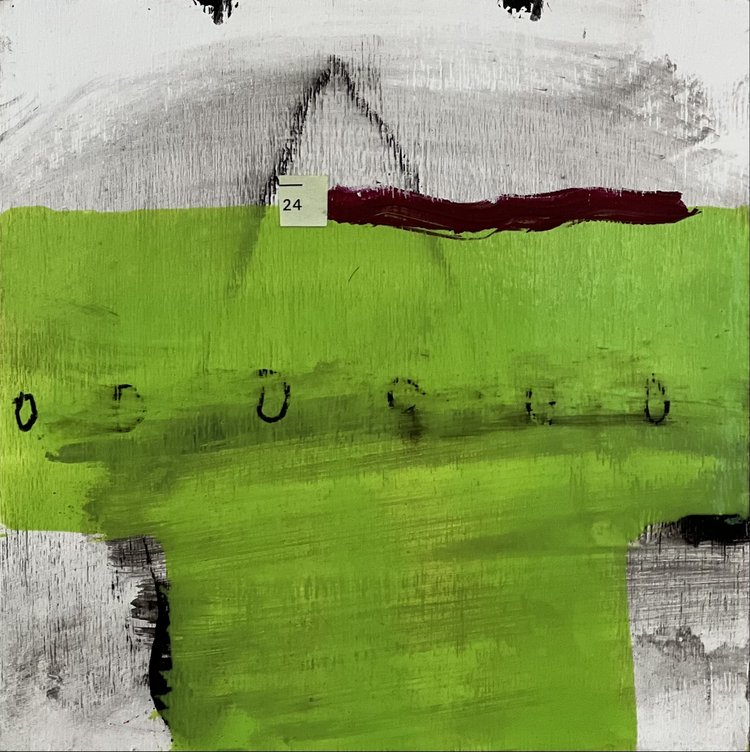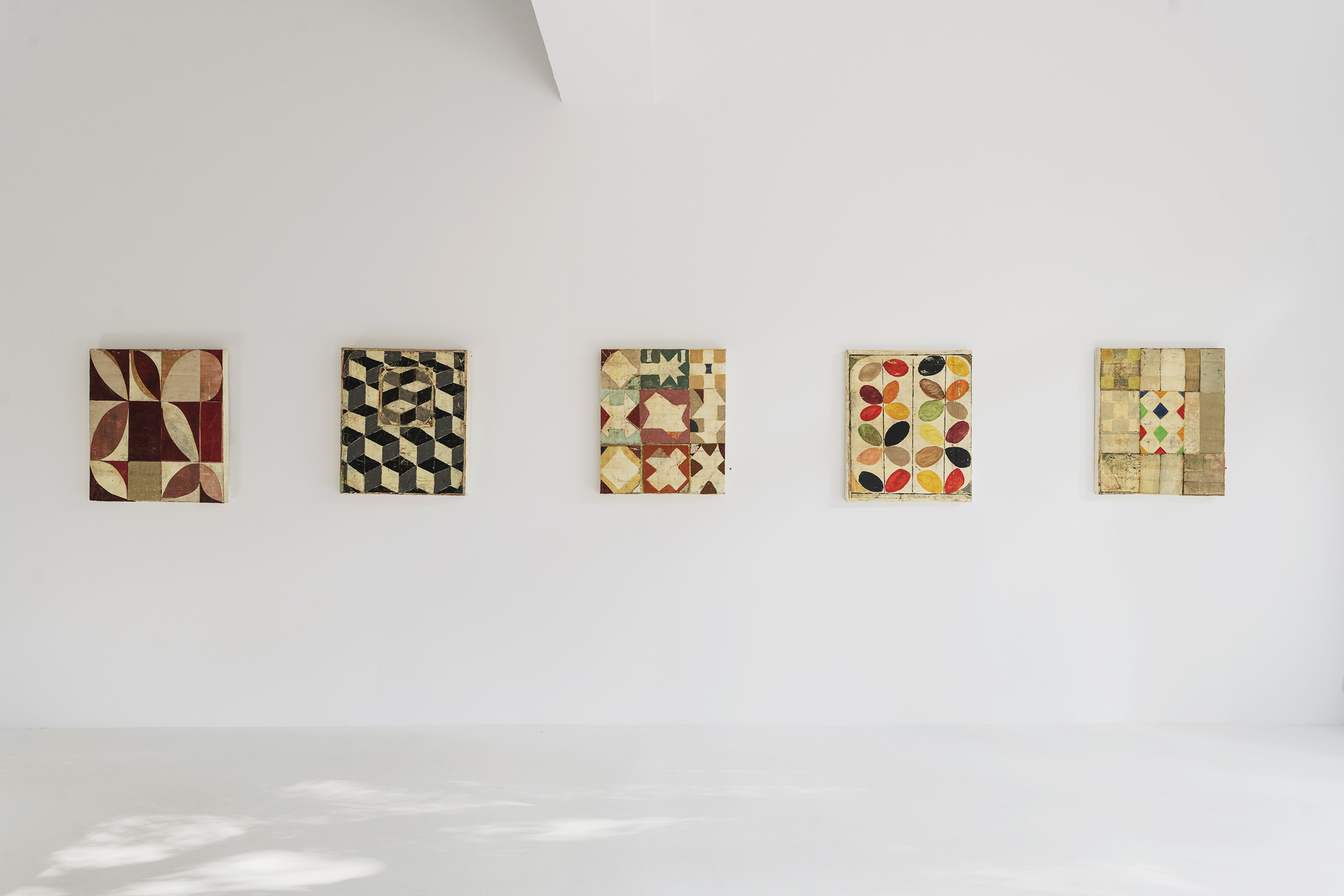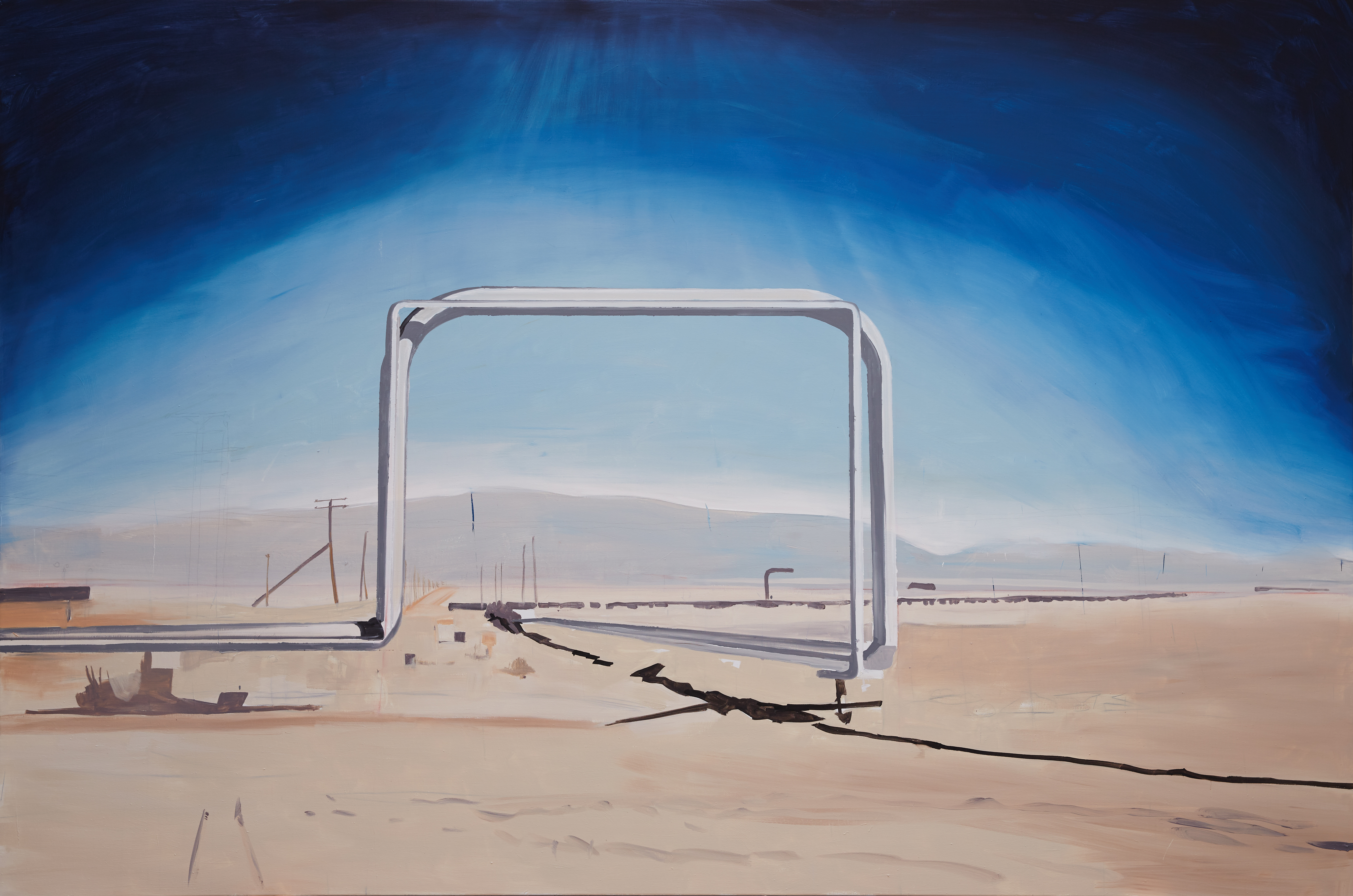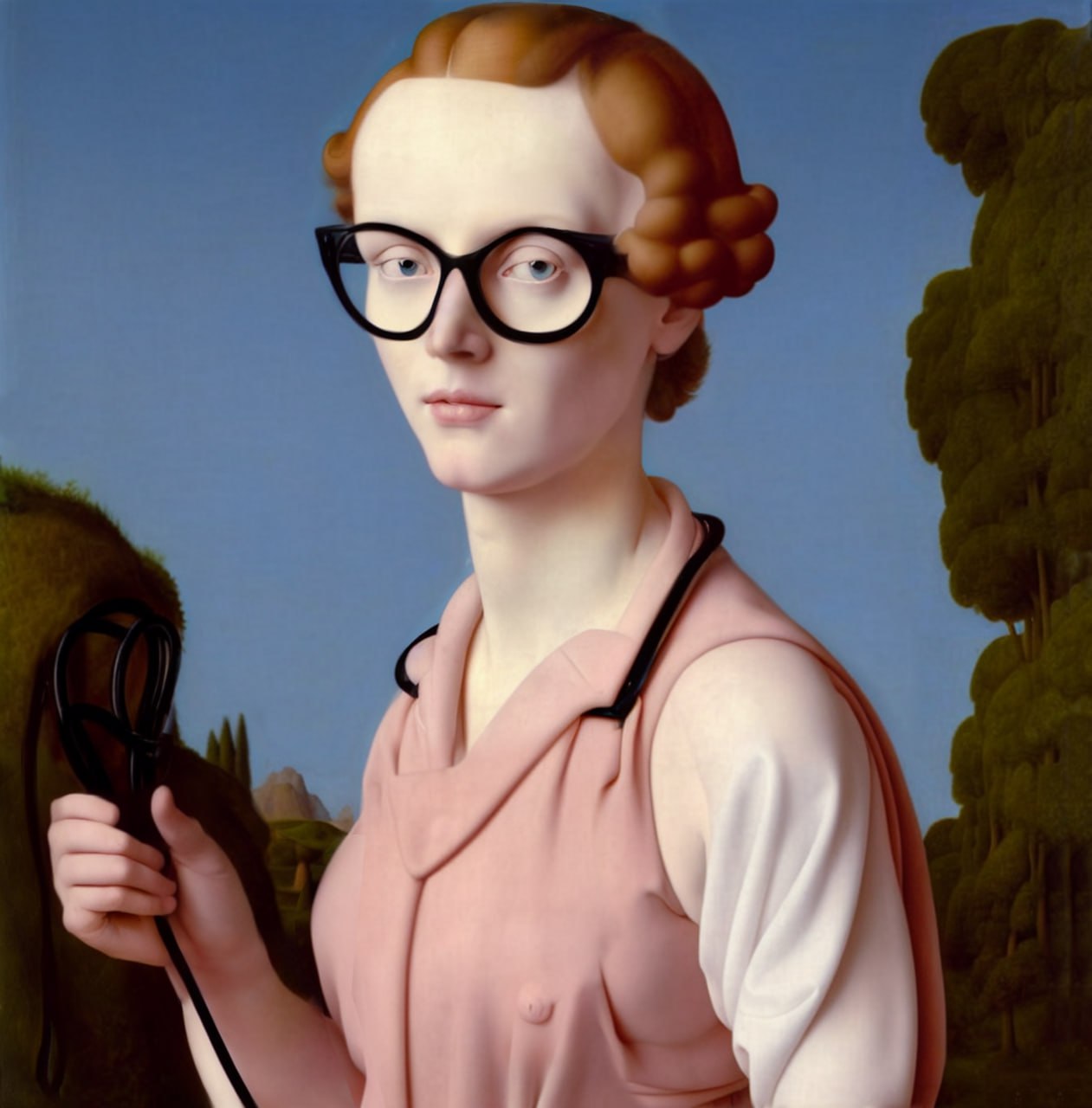Art critic and regular guest at biennales and international exhibitions Victoria Cevik shares with us her insightful observations about Turkey’s premier contemporary art museum.
‘The delirium and horror of the East. The dusty catastrophe of Asia. Green only on the banner of the Prophet. Nothing grows here but a moustache. Black-eyed, overgrowing by evening with three-day stubble part of the world… And this everywhere even in the city sand flying in the face, poking the world out of the eyes – and that’s thanks enough. Concrete everywhere, the consistency of booger and the colour of a dug-up grave. Oh, all those short-sighted bastards — Corbusier, Mondrian, Gropius — who disfigured the world as badly as any Luftwaffe! Snobbery? But it is only a form of despair,’ Joseph Brodsky would write caustically about his trip to Istanbul in 1985.
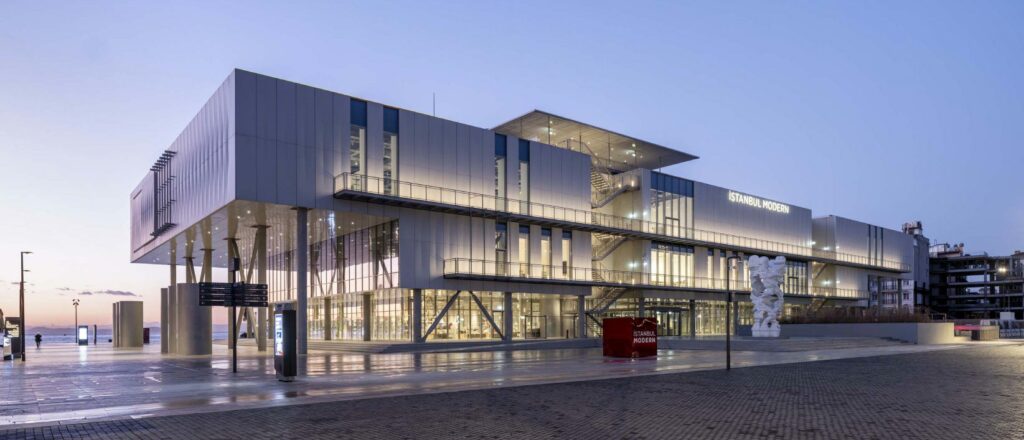
the new building of the Istanbul Modern Museum, by architect Renzo Piano.
It is ironic that Joseph Brodsky, in love with Western art, visited Rome II only two years before the First International Exhibition of Contemporary Art – later known simply as the International Istanbul Biennale – was held there. Perhaps if he had made the trip in 1987 and enjoyed the conceptual art he was accustomed to in pleasant company, Brodsky would have written something more flattering about Istanbul. Alas, we will never know.
What is known, however, is that it was in 1987 that the history of one of the world’s best museums of contemporary art, Istanbul Modern, began, when the organiser and sponsor of the exhibition, Dr. Nejat F. Ejzadzhibashi, had the idea of creating a permanent museum of contemporary art in Istanbul.
It took him a long time to realise his idea: it was only during the 8th Istanbul Biennale in 2003 that he managed to find and obtain government approval for a suitable building for the museum. The original location was warehouse building No. 4 in the Karaköy neighbourhood, built as a dry cargo warehouse under the direction of the famous architect Sedad Hakki Eldem during the reconstruction of Tophane Square in 1957-1958. The gigantic 8000 m² building was converted into a well-equipped museum for the time, where Istanbul Modern was housed for the next 14 years, until there was talk of expanding the museum to a new level. As a result, the museum temporarily moved to a graceful old mansion opposite Pera Palace, only to make a triumphant return to Karaköy in 2023, but in its new building, a masterpiece by star architect Renzo Piano.
The opening of the museum’s new building was widely covered in the world’s press. David Belcher of The New York Times reported on Renzo Piano’s design and also emphasised the museum’s huge collection of Turkish contemporary art. La Repubblica art columnist Francesco Merlo went further in his compliments, describing the new building ‘like a dance of light and water.’ Renzo himself, in numerous interviews, has compared the building to a ‘flying ship’ and its chairman of the board of directors and daughter-in-law, Oya Eczacibasi, the founder of the Istanbul Modern Art Museum, to ‘the queen not only of Istanbul Modern, but of Istanbul as a whole’.
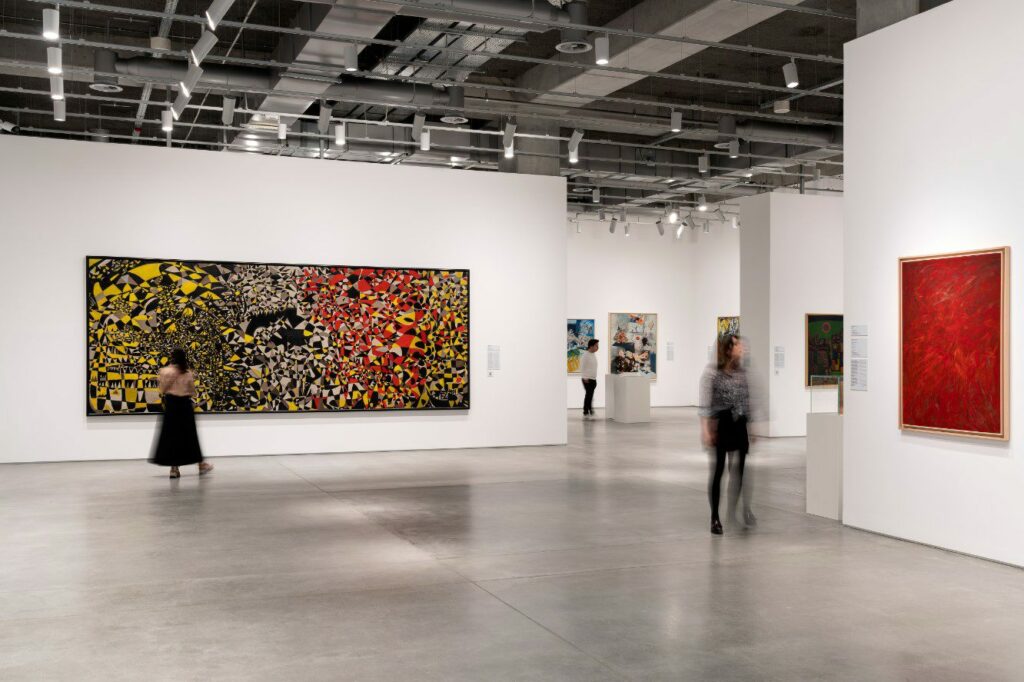
When BBC News announced the filming of Inside Museums, a new documentary project about the world’s most interesting museums, it came as no surprise to anyone that the first instalment was about the Istanbul Museum of Modern Art. In the story, art critic Alistair Suk explored the new Istanbul Modern building in the company of its creator Renzo Piano, taking viewers on a journey through Turkish art history and interviewing the artists whose works were featured in the collection exhibition: Gülsün Karamustafu, Refik Anadol and Inji Eviner
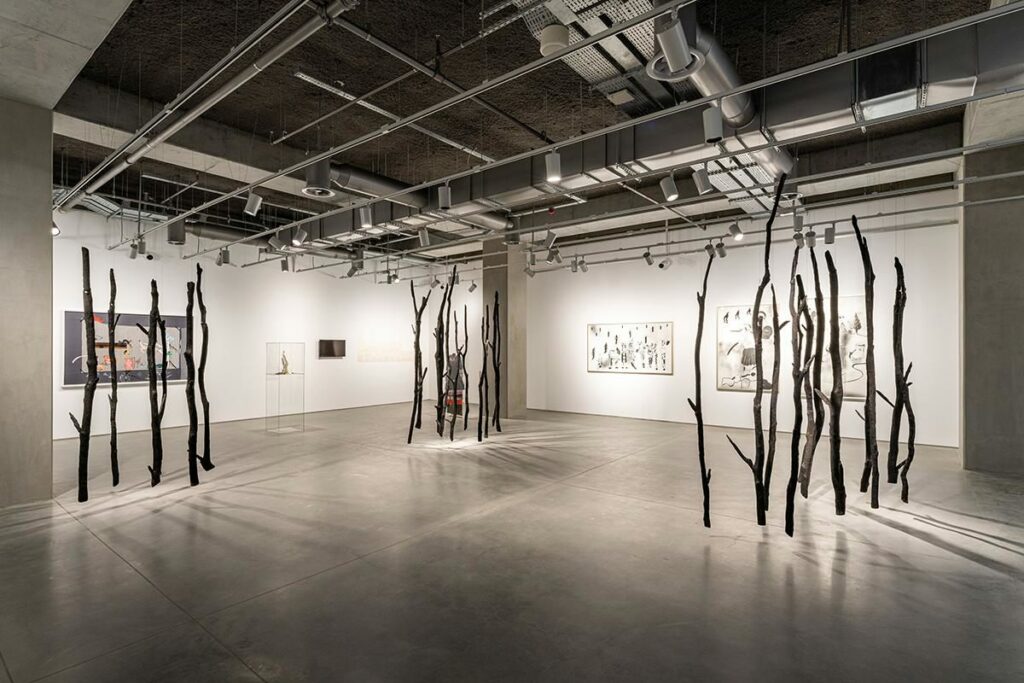
When BBC News announced the filming of Inside Museums, a new documentary project about the world’s most interesting museums, it came as no surprise to anyone that the first instalment was about the Istanbul Museum of Modern Art. In the story, art critic Alistair Suk explored the new Istanbul Modern building in the company of its creator Renzo Piano, taking viewers on a journey through Turkish art history and interviewing the artists whose works were featured in the collection exhibition: Gülsün Karamustafu, Refik Anadol and Inji Eviner. In addition to the main exhibition hall, the museum houses a photo gallery, workshop rooms, a shop with a huge selection of ceramics, clothes, books and souvenirs; a restaurant with stunning views of the Sea of Marmara, Topkapi Sultan’s Palace and the dome of Hagia Sophia. And also the most trendy space that has won the favour of the whole feminist art community – Pop-up gallery. The fact is that the Pop-up space in the museum is occupied by the exhibition of the Women Artists Foundation, founded by Oya Ejzadzhibaşıbaşı. A fresh and unusual look at the everyday life of women in Turkey is reflected in the title of the exhibition : ‘Always Been Here’.
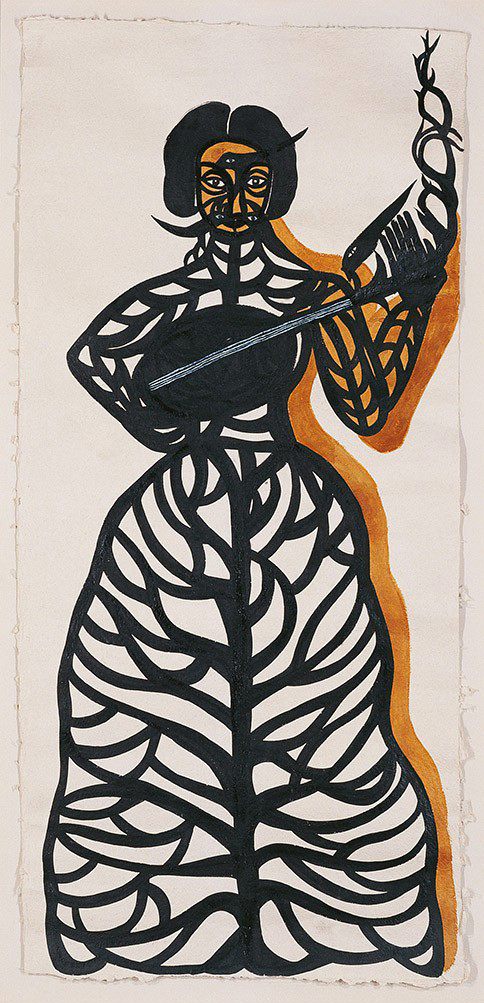
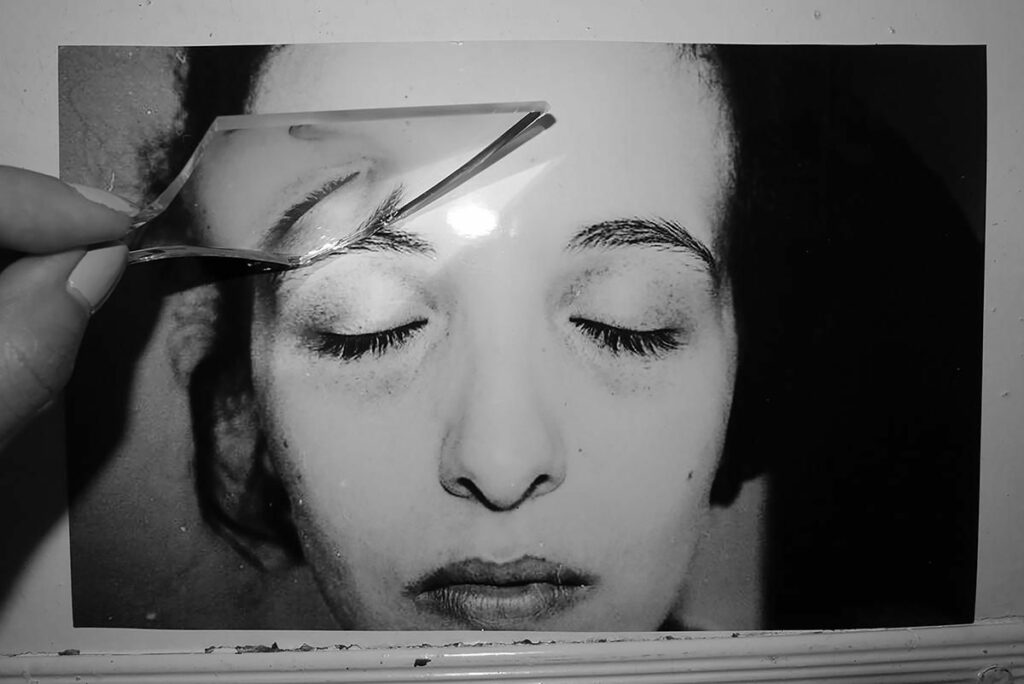
‘Always Been Here’ is the answer to the question posed by art historian, writer and feminist theorist Linda Nochlin in her famous essay “Why were there no great women artists?”. There have always been women in Turkish art history, from Fahrelnissa Zeid, whose honour opens the retrospective in the main hall, to Oya Ejzadzibasi, who is heavily invested in the preservation of Turkish contemporary art and the development of her family’s brainchild, the Istanbul Modern Museum.


